A Belgian hospital is experimenting with robot “employees”.
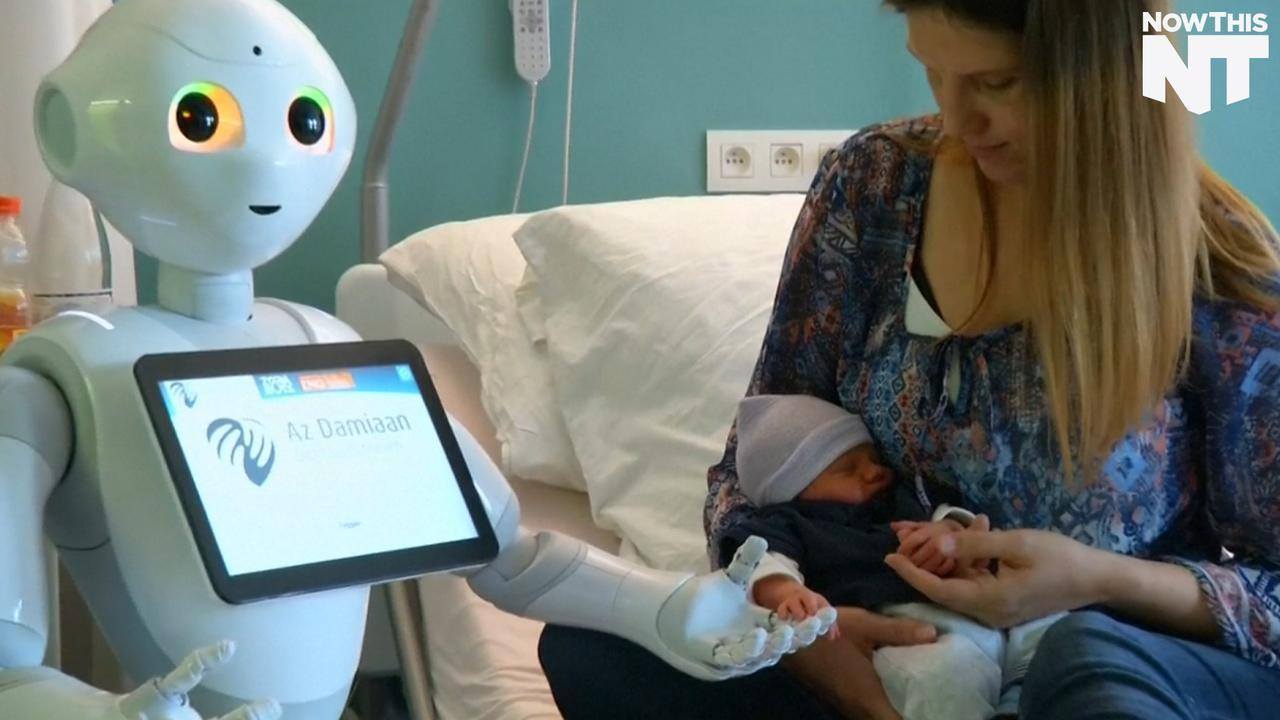


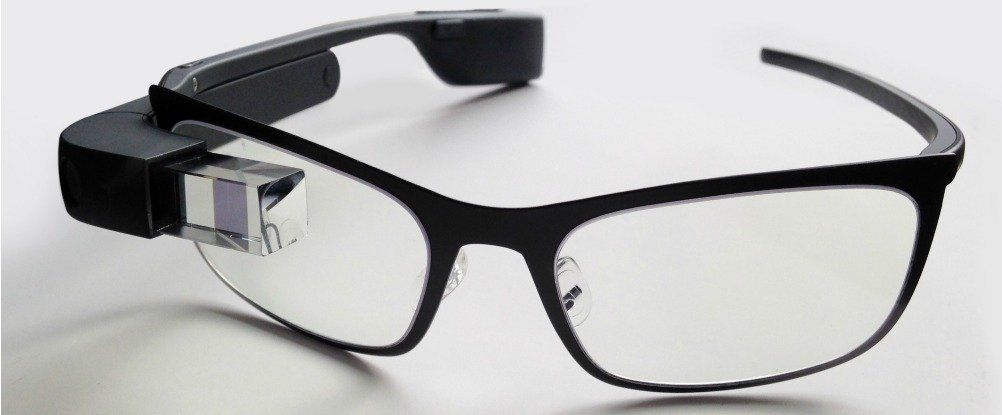
Although we love them to pieces, eventually smart phones won’t be the only way we communicate and spend our time. Scientists predict we might end up using neural networks to play candy crush, or we could spend all our time using smart eyewear.
They still have a few issues to iron out, but there’s a new reason that smart eyewear might be a good option — night vision! Google’s just submitted a patent that suggests it’s planning on adding the future at some point.
Seriously though, we’re keen for anything to stop us tripping over stuff in the middle of the night.

The Defense Advanced Research Projects Agency has finished its work to integrate live data feeds from several sources into the U.S. Space Surveillance Network run by the Air Force in an effort to help space monitoring teams check when satellites are at risk.
SSN is a global network of 29 military radar and optical telescopes and DARPA added seven space data providers to the network to help monitor the space environment under its OrbitOutlook program, the agency said Wednesday.
DARPA plans to test the automated algorithms developed to determine relevant data from the integrated feed in order to help SSA experts carry out their mission.
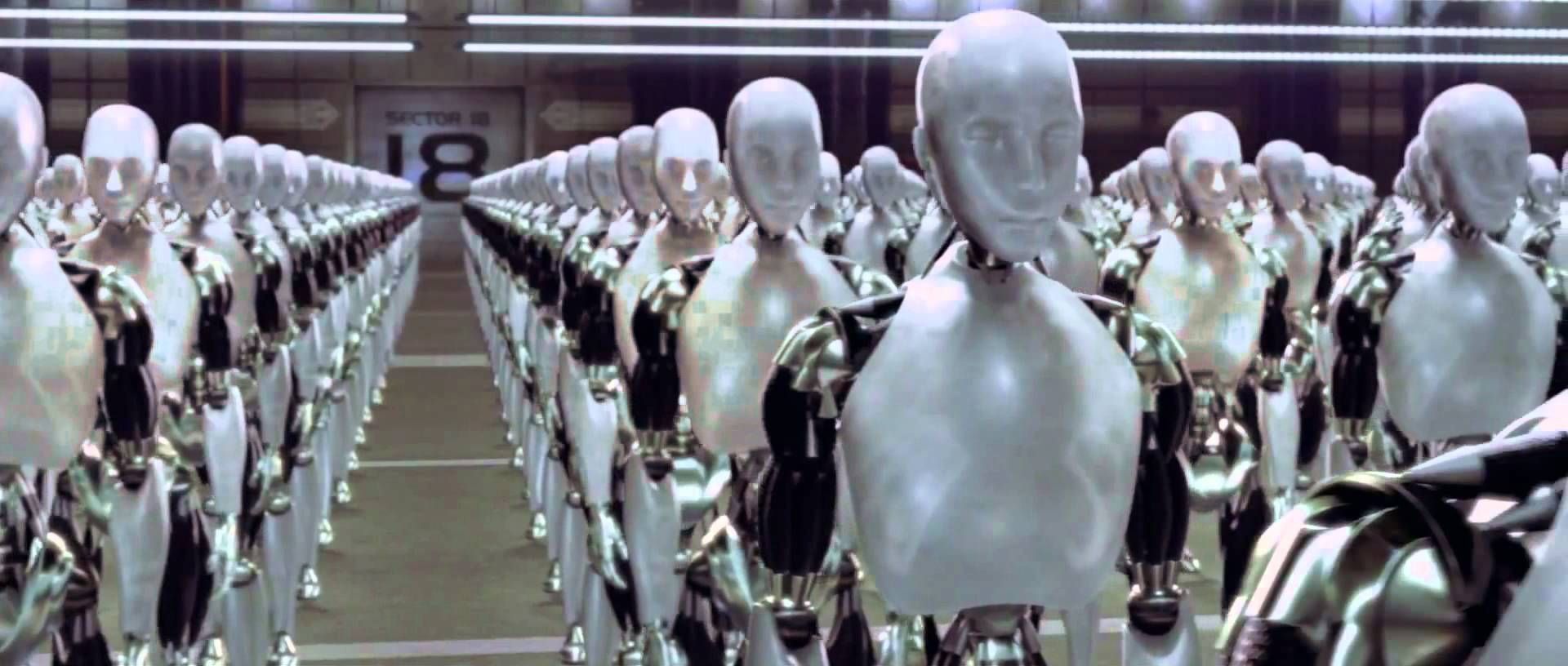

Imagine a future full of electric cars where everyone’s a passenger. Where traffic is not only managed but controlled by a digital network. Where on-demand ride-sharing services have become the norm, and the only human drivers are emergency crews behind the wheel of super-fast vintage “antiques” tasked with taking down AI cars that have gone haywire.
Some of that sounds like the vision of today’s automakers, city planners, tech visionaries and the like, who all salivate at the thought of removing the human element from our roadways as much as possible. Recent developments in driverless technology are surprisingly close to the vision of autonomy portrayed in Kōsuke Fujishima’s 2000 Japanese anime series éX-Driver, which has even more to say about what could become our future in transportation.
éX-Driver follows the adventures of Lisa, Lorna, and their new teammate Sōichi as they wrangle autonomous vehicles that have run amok. These out-of-control “AI cars” endanger not only the helpless passengers inside, but other road users as well. Not looking forward to “autonomobiles”? This could be the perfect gig for you.
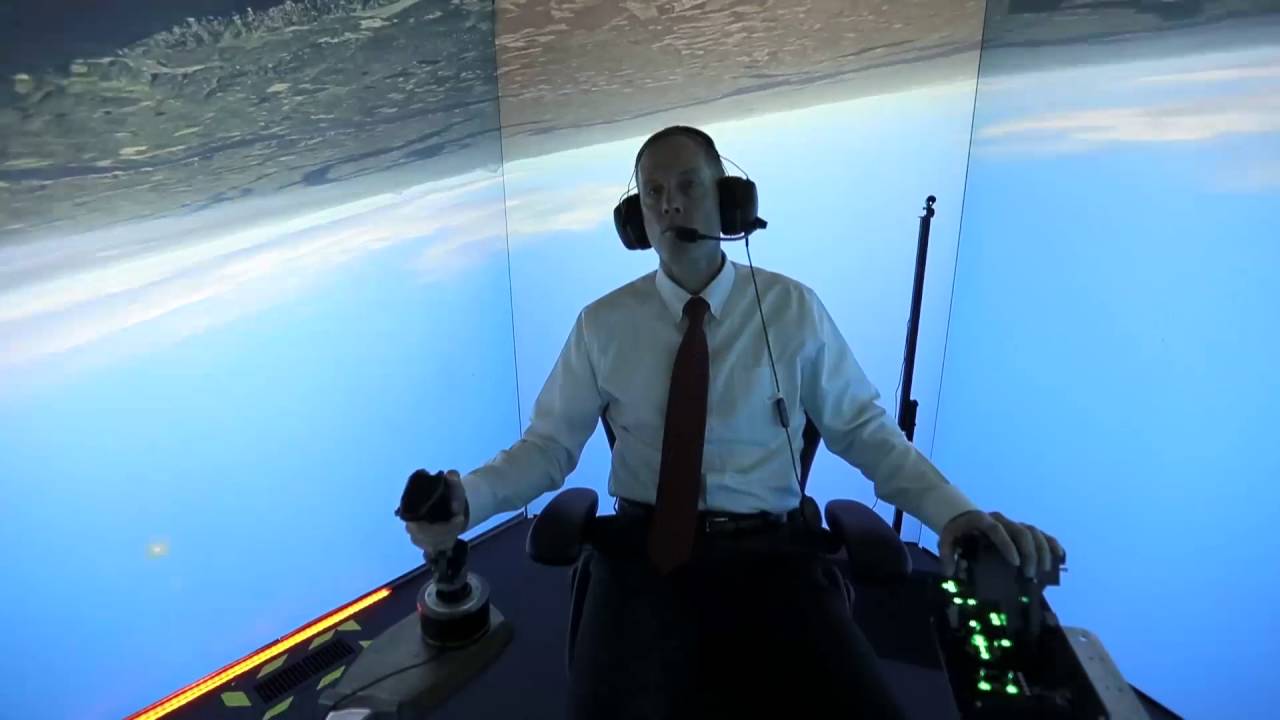
The U.S. Air Force got a wakeup call recently when AI software called ALPHA — running on a tiny $35 Raspberry Pi computer — repeatedly defeated retired U.S. Air Force Colonel Gene Lee, a top aerial combat instructor and Air Battle Manager, and other expert air-combat tacticians at the U.S. Air Force Research Lab (AFRL) in Dayton, Ohio. The contest was conducted in a high-fidelity air combat simulator.
According to Lee, who has considerable fighter-aircraft expertise (and has been flying in simulators against AI opponents since the early 1980s), ALPHA is “the most aggressive, responsive, dynamic and credible AI I’ve seen to date.” In fact, he was shot out of the ai r every time during protracted engagements in the simulator, he said.
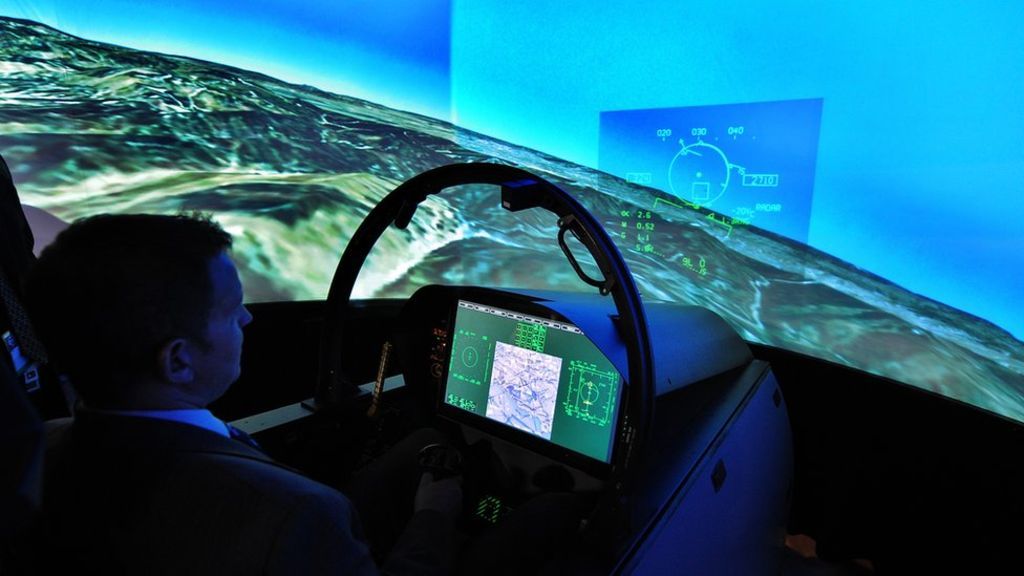
An artificially intelligent fighter pilot system has defeated two attacking jets in a combat simulation.
The AI, known as Alpha, used four virtual jets to successfully defend a coastline against two attacking aircraft — and did not suffer any losses. It also triumphed in simulation against a retired human fighter pilot.
In their paper, researchers from the University of Cincinnati and defence company Psibernetix describe Alpha as “a deadly opponent”. Reporting on simulated assaults against retired US Air Force colonel Gene Lee, the researchers wrote: “Not only could he not score a kill against it, he was shot out of the air by the reds every time after protracted engagements.”
Here, you’ve got an AI system that seems to be able to deal with the air-to-air environment, which is extraordinarily dynamic, has an extraordinary number of parameters and, in the paper, more than holds its own against a skilled and capable, experienced combat pilot,” said Doug Barrie, a military aerospace analyst at think tank IISS.
If such a system were ever used in a live setting and decided to attack a non-military target, the results could be dire, he said.
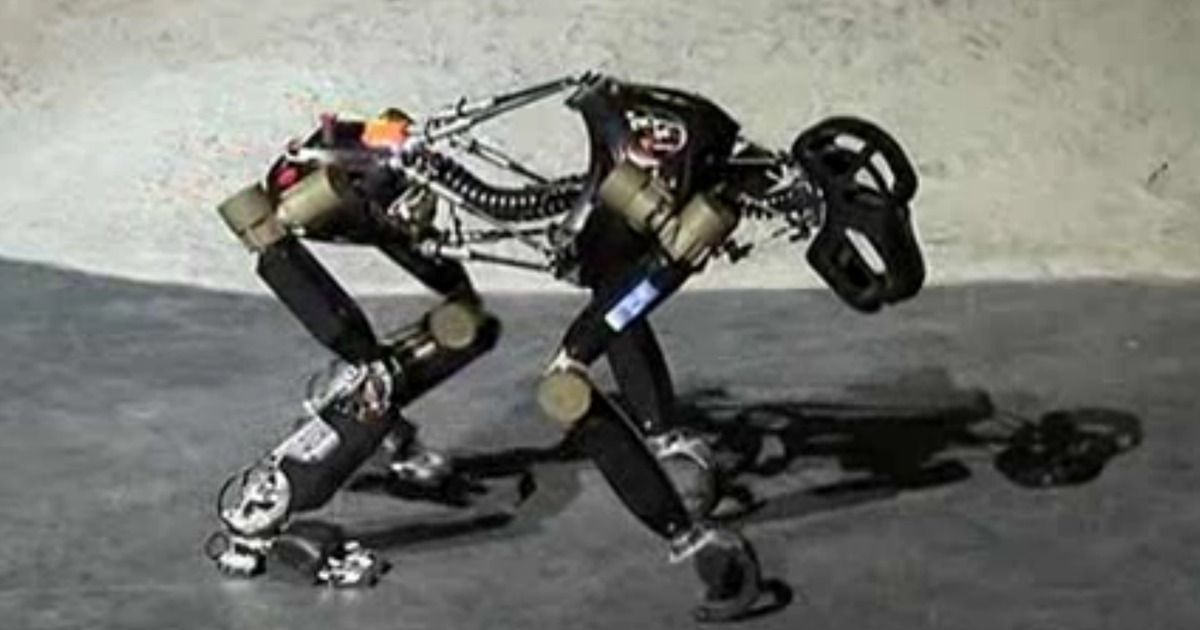

Jia Jia stood near the entrance of the exhibition hall that hosted this year’s 2016 Summer Davos Forum in Tianjin, in a major port city in North China.
She was dressed in a traditional Chinese outfit, hairstyle, complete with a classic hairpin, and immediately caught the attention of passers-by.
This life-like cyborg is the brain child of Chen Xiaoping and his colleagues at the University of Science and Technology of China, who unveiled the technology today in Hefei, capital of east China’s Anhui Province.